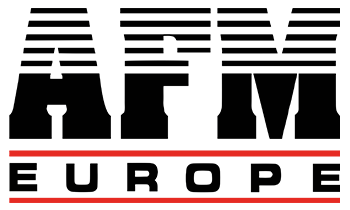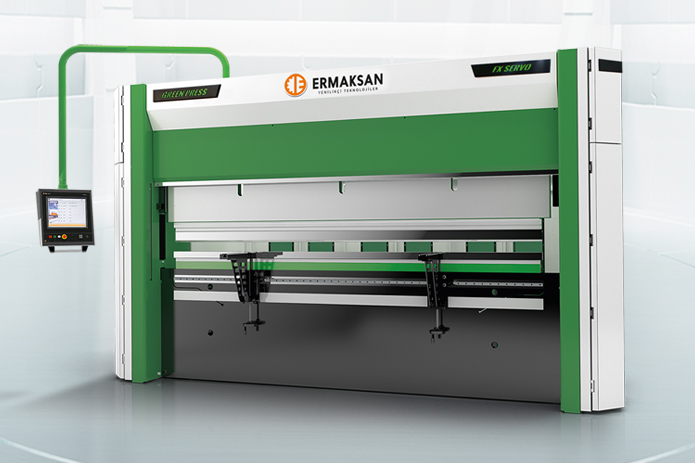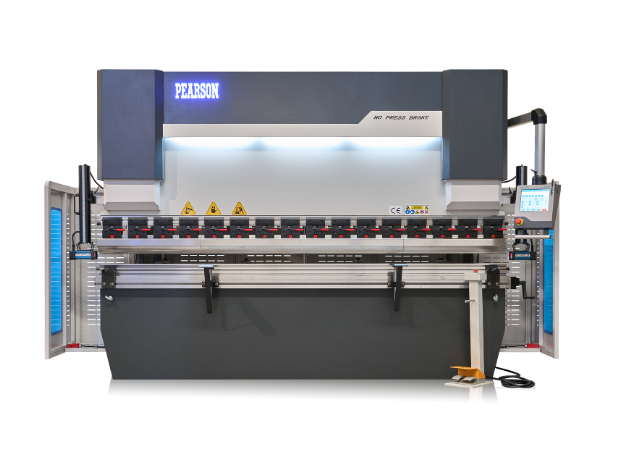Press brakes are a fundamental component in the manufacturing industry. They offer precision and versatility that is essential for fabricating metal components. Understanding the various applications for press brakes in manufacturing can highlight their significance and demonstrate why they are indispensable for modern production processes. In this blog, we will delve into the primary uses of press brakes, showcasing their capabilities and the industries that benefit from their deployment.
Introduction to Press Brakes
Press brakes are machines designed to bend sheet and plate material, most commonly sheet metal. They operate by using a punch and die to apply force to the material. This results in a bend at a predetermined angle. The precision and control offered by press brakes make them ideal for a range of manufacturing applications.
Precision Bending in Metal Fabrication
One of the most common applications for press brakes in manufacturing is precision bending. This process is crucial for creating components that require exact angles and consistent bends. Some examples of this include brackets, enclosures, and structural elements.
- Enclosures and Cabinets: Press brakes are used to fabricate metal enclosures for electronic devices, machinery, and electrical systems. The accuracy of press brakes ensures that each part fits together seamlessly.
- Brackets and Mounting Hardware: Creating custom brackets and mounts with precise bends allows for secure and reliable installation in various assemblies.
Sheet Metal Forming
Press brakes play a crucial role in the sheet metal forming process, where they transform flat sheets into usable products through bending, folding, and creasing. This application is essential in the automotive, aerospace, and appliance industries.
- Automotive Components: Press brakes are employed to produce various automotive parts, including body panels, chassis components, and brackets. The precision of the bends ensures that these parts meet strict specifications and quality standards.
- Aerospace Parts: In the aerospace industry, where precision and safety are paramount, manufacturers use press brakes to create components such as wing structures, fuselage parts, and support brackets.
Custom Metal Parts and Prototyping
The ability of press brakes to perform custom bends makes them invaluable for producing custom metal parts and prototypes. This application is particularly important for industries that require specialised parts that are not readily available off the shelf.
- Prototyping and R&D: In research and development, press brakes allow manufacturers to quickly produce and test new designs, enabling rapid iteration and refinement.
- Small Batch Production: For custom or low-volume production runs, press brakes provide a cost-effective solution, allowing for flexibility and quick turnaround times.
HVAC and Ductwork Fabrication
Press brakes play a vital role in the HVAC (heating, ventilation, and air conditioning) industry. Fabricators use them during the production of ductwork and other related components. The ability to create precise bends ensures that ducting systems fit correctly and perform efficiently.
- Ductwork Components: Creating elbows, transitions, and other ductwork parts requires the accuracy that press brakes provide, ensuring proper airflow and system performance.
- Ventilation Systems: Custom ventilation components, such as grilles and diffusers, can be fabricated to exact specifications using press brakes.
Construction and Structural Applications
In the construction industry, workers use press brakes to create a wide range of structural components. They have the ability to handle heavy gauge materials and produce consistent bends. This makes them essential for fabricating parts that are both strong and reliable.
- Structural Beams and Supports: Press brakes bend and shape beams, supports, and other structural elements to ensure they meet the necessary strength and safety requirements.
- Architectural Metalwork: Craftsmen can precisely form decorative and functional metalwork, such as railings, canopies, and facades, with press brakes.
Conclusion
The versatility and precision of press brakes make them a critical asset in the manufacturing industry. From producing automotive components to fabricating custom parts, their applications are vast and varied. By understanding the common uses of press brakes in manufacturing, businesses can better appreciate their value and consider how incorporating these machines can enhance their production capabilities.
Press brakes in manufacturing improve the efficiency and accuracy of metal fabrication processes. They also enable innovation and flexibility in product design. Whether you are in the automotive, aerospace, HVAC, or construction industry, the benefits of using press brakes are undeniable. Investing in high-quality press brakes can lead to significant improvements in product quality and production efficiency, ultimately contributing to the success and growth of your business.


